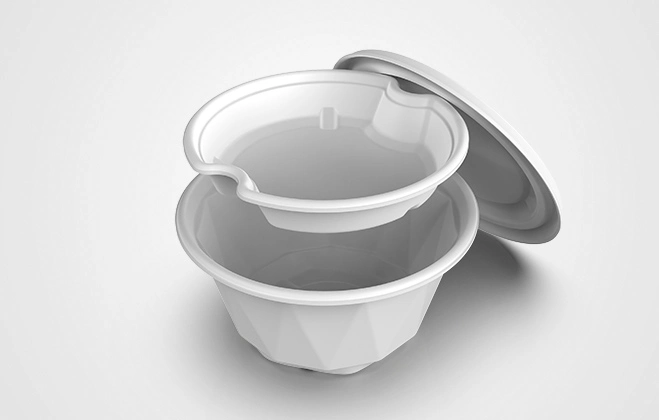January 1 was the first day a national ban on plastic straws took effect, and many places stopped using shopping bags with non-biodegradable plastic. Supermarkets had also replaced traditional plastic shopping bags with recyclable and biodegradable non-woven bags.
Many large catering enterprises, including milk tea shops and coffee shops, had no longer provided disposable plastic straws, most of which had been replaced by paper straws, and some had been replaced by PLA biodegradable straws, and some had been replaced by drinkable cup lids.
Not only milk tea shops popular with young people but also various catering enterprises such as fast-food restaurants and bakery cafes had started to use paper straws and PLA biodegradable straws. On the other hand, some consumers believe that the taste will change subtly after changing straws, and some paper straws will become soft during use. The cost of PLA straws biodegradable is three to five times more than that of plastic straws, so banning single-use plastic straws has created a huge market demand for PLA straws biodegradable. At present, PLA biodegradable straws are widely promoted in the market.
Due to different materials and production techniques, the production cost of PLA biodegradable straws is significantly higher than that of traditional single-use plastic straws at present, usually five to six times more expensive than plastic straws.
In composting conditions, PLA biodegradable straws take only 90 days to degrade, in layman's terms, they will disappear.
In fact, most factories still have technical problems with PLA biodegradable straws. Although the demand is strong, the total supply is insufficient, so many downstream straw dealers have to face the situation of order queuing. Analysts believe that the formal implementation of the ban on plastic straws will bring a huge increase in the actual demand for PLA straws biodegradable.
 English
English 日本語
日本語 한국어
한국어 français
français Deutsch
Deutsch Español
Español русский
русский português
português العربية
العربية ไทย
ไทย Malay
Malay




















